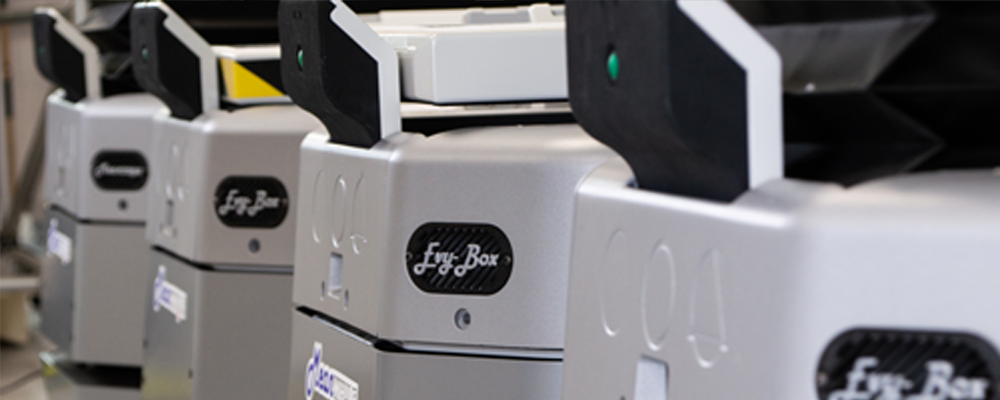
What are the prerequisites for installing a fleet of autonomous mobile robots in your infrastructure?
- Expertise
- Temps de lecture : 5 min
It is becoming clear today that beyond a dialogue between machines, humans must be at the center of the operation of the company, and that their interaction with machines must be made simple and intuitive.
When we talk about intelligent mobile robots, we are talking about AMR (Autonomous Mobile Robot). They are equipped with an artificial intelligence specialized in indoor navigation (SLAM). SLAM, Simultaneous Localization And Mapping, allows the robot to construct its environment and modify its behavior according to unmapped obstacles while locating itself in real time. In order to move autonomously and without a predefined trajectory, the robot will combine its own information with information from its environment (returned by its lasers and sensors). Unlike AGVs, AMRs can be deployed without any special fittings.
Thanks to them, your infrastructure is more predictive and self-correcting. It places the use, and no longer the product, at the heart of its logic. Finally, it moves from a rigid organization of work to a flexible organization, with the key to a greater attractiveness of work.
You want to automate your transport, but you wonder if your infrastructure is able to accommodate AMR?
Step 1: Define your need
- Identify your logistics flows and production steps.
- Identify all the missions that will be assigned to the robot(s): Type of mission? At what cadence? To meet what need?
- Determine what types of loads you want to transport and for what weight?
These questions are essential in order to properly begin the study of your needs in mobile robotics.
Step 2: Study the feasibility of your project according to your site
Meanwhile accompanies you to analyze your environment and its constraints (narrow passage area, restricted area, elevator socket, doors to pass, etc.) and advises you on how to optimize your production flows with the most appropriate number of robots.
However, to be able to integrate Meanwhile mobile robots into your infrastructure, the prerequisites are as follows:
- Use of mobile robots in an indoor environment only.
- WIFI network coverage is essential for the proper functioning of a fleet of robots.
- The robots can move independently on all types of floor surfaces. They work just as well in industrial environments, warehouses as in white areas and hospitals. However, it is best to avoid wet, oily environments.
- Mobile robots can take slopes of up to 8%.
Step 3: Simulate your application
Depending on the progress of your project, Meanwhile can perform a virtual simulation of your future application. This simulation allows us to optimize your application in autonomous mobile robotics and allows you to evaluate your ROI.
Step 4: Prepare your employees for change
Autonomous mobile robots are easily integrated into a workplace. They allow employees to have better working conditions and greater efficiency, without being replaced by a “robot”. But for this solution to be as effective as it can be, it must be accepted by the whole team. For this, we have established a list of 5 tips to facilitate the acceptance of your employees to the integration of Autonomous Mobile Robots.
Of course, the role of Meanwhile is to accompany you throughout your project. Especially during this pre-project phase. Our teams are at your disposal to answer your feasibility questions: contact@meanwhile-france.com.
At Meanwhile, our main objective is to transform your complex environment into an intelligent environment, meeting your need for flexibility. We want to allow you to integrate our mobile robotic solutions in a simple and economical way, while bringing a dimension of safety, traceability and flexibility to your processes. Thanks to the peri-robotic ecosystem developed by Meanwhile (Mw², Omnibox, elevator manager, etc.), our customers are able to use complex ultra-connected processes in a very intuitive way, thus facilitating their tasks and increasing their productivity.